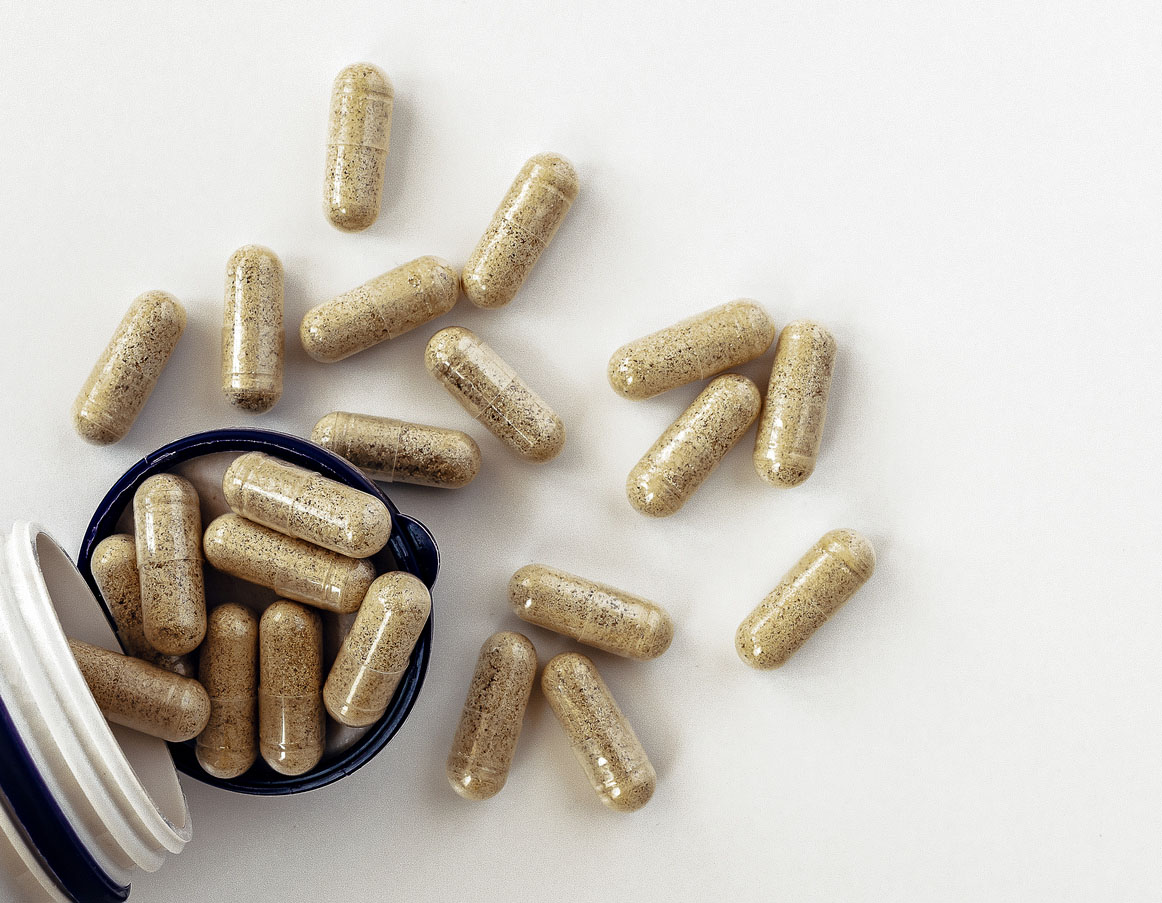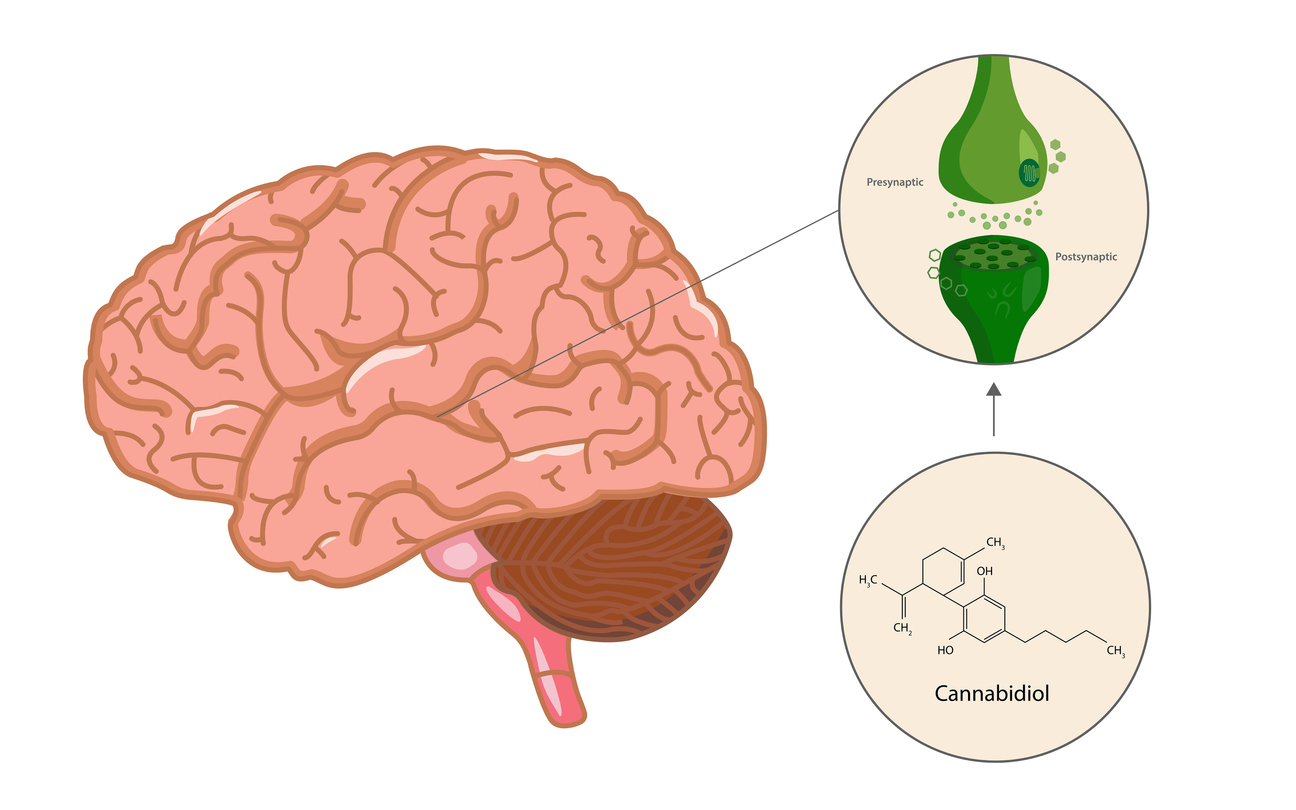The days grow cooler and the foliage begins to turn, signaling the advent of fall. But for allergy sufferers, the new season brings a host of miseries.
The primary irritant for fall allergy sufferers is ragweed. This year’s unusually warm, dry, late summer has produced a bumper crop of pollen-producing weeds over the Plains, Midwest and Northeast.
Composting leaves provide the perfect growth medium for molds, which also surge in autumn.
For allergy sufferers, that means itchy, burning red eyes, scratchy throats, sneezing, wheezing, coughing and sinus congestion.
Prescription and over-the-counter medications can suppress symptoms temporarily, but side effects abound, and they don’t get to the root of the problem.
Before I list my favorite natural products for allergies, a couple of general caveats:
PASS ON THE PIZZA! When pollen and mold come on like gangbusters, your allergy “cup” runneth over, so-to-speak. Low-grade chronic allergies to dairy and gluten, often quiescent during non-peak allergy months, may contribute to overload when seasonal allergens make their appearance. Many of my patients, as well as yours truly, report their allergy symptoms are better when they eliminate potential food allergens.
HOP ON THE WAGON! Beer, wine and liquor contain histamine, produced by yeast and bacteria during the fermentation process. If you’re going to imbibe, clear distilled alcohols like vodka and gin seem better-tolerated, but only in moderation.
GET SOME (REALLY) FRESH AIR! No, not the outdoors kind. During the couple of weeks when fall pollens peak, cloister yourself INSIDE with the air conditioner on (provided its mechanical innards are mold- and dust-free) and consider getting a HEPA filter for your bedroom to pull indoor allergens out of circulation. And make sure air fresheners and detergent and fabric softener fragrances aren’t adding to your nose woes.
BE BORN IN A MANGER! Maybe too late for you, but studies show that kids born on farms who play in the dirt with animals have fewer allergies when they grow up.
DITCH THE CIPRO! Studies show that repeated exposures to antibiotics disrupt the microbiome, the intestinal bacteria that regulate the body’s immune responses. Both prescription antibiotics and antibiotic residues in agricultural products contribute to our body burden.
Now, here are my top 14 allergy-fighting products:
1) QUERCETIN: Known to inhibit mast cells from releasing pro-inflammatory compounds that cause allergy symptoms. Dosage: 500 mg 3 times daily.
2) BROMELAIN: A proteolytic enzyme extracted from pineapple, it stops the allergic cascade and reduces swelling and edema of tissue. Dosage: 500 mg 3 times daily.
3) URTICA DIOICA (Stinging Nettle): Randomized, double-blind studies have shown it to be as effective as standard allergy medications. Dosage: 200 mg 3 times daily.
4) NAC (N-Acetyl Cysteine): In Europe, it’s a prescription medicine, used for reducing congestion and for thinning tenacious mucus. Dosage: 200 mg 3 times daily.
(NOTE: A supplement called D-HIST conveniently combines all four of the previous ingredients, plus vitamin C.)
5) OMEGA-3 FISH OIL: EPA offers anti-inflammatory protection. Dosage: 1000 mg 3 times daily.
6) VITAMIN C: Nature’s own anti-histamine. Dosage: 500 mg 3 times daily.
7) BUTTERBUR (Petadolex): Also a popular migraine remedy, good research supports its anti-leukotriene effects. European studies have shown it to be as effective as the popular allergy drug Zyrtec. Dosage: 50 mg 3 times daily.
8) PROBIOTICS: A recent study shows that a probiotic drink (Yakult) containing Lactobacillus casei relieves allergic symptoms. Restoring proper balance of bacteria in the GI tract helps to rein in over-exuberant immune responses.
9) PYCNOGENOL: One of the more well-studied of the natural bioflavonoids, this extract of French maritime pine bark was found to relieve allergic rhinitis symptoms. Dosage: 50-100 mg twice daily.
10) MSM (methylsulfonylmethane): May block allergic reactions at the tissue level. Dosage: 1 gram 3 times daily.
11) ADRENAL SUPPORT: Since the adrenals mediate the body’s resistance to allergic challenge, supporting cortisol production with licorice, pantothenic acid, adrenal cortical extract, ashwaganda and other adaptogens can relieve symptoms. Popular adrenal support supplements contain various proportions of these and other ingredients.
12) TRANSFER FACTOR: Allergies exemplify imbalanced immune responses; transfer factor from colostrum restores normal TH1/TH2 ratios which enables the body to better distinguish between “friend” and “foe.” Dosage: 250-500 mg twice daily.
13) XLEAR: Bacteria and fungi that colonize the nasal passage and hide in biofilms are recognized as foreign invaders; their presence triggers chronic hyper-activation of the cells lining the respiratory tract. Xylitol in Xlear nasal spray inhibits microbes and dissolves biofilms, resulting in clearance of mucus.
14) SIMILISAN eye drops: A gentle homeopathic formula for itchy red eyes.
Get a jump on allergy season by starting supplementation early, before symptoms begin; stop the allergic cascade before it gets out of control!






